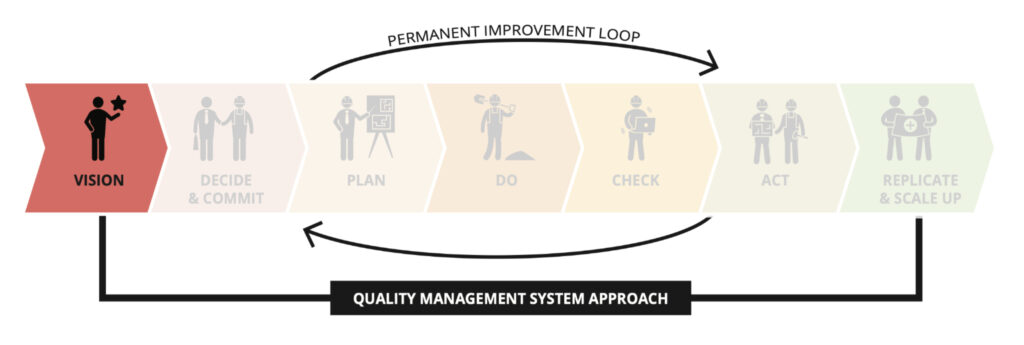NEB ambition
The ultimate ambition of the New European Bauhaus is to achieve transformation. To do this, the NEB Compass has identified specific levels of ambition that outline the desired outcomes for each of the NEB values.
The ultimate ambition of the New European Bauhaus is to achieve transformation. To do this, the NEB Compass has identified specific levels of ambition that outline the desired outcomes for each of the NEB values.
These areas refer to the five key domains of intervention that CrAFt's New European Bauhaus Impact Model considers essential for guiding and evaluating complex urban initiatives.
The participation level refers to the degree or extent to which individuals or groups are actively involved or engaged in a particular activity, project, or process. It assesses the depth of their involvement, contributions, and commitment, ranging from minimal or passive participation to active and dedicated participation.
The New European Bauhaus (NEB) aims to promote the values of sustainability, aesthetics, and inclusion in the design and transformation of urban spaces. It emphasises the integration of environmental, social, and economic considerations to create harmonious and innovative living environments.
According to the Smart City Guidance Package, there are seven stages to plan and implement smart city projects. These stages propose a logical and coherent roadmap for city initiatives involving many stakeholders.
Under the title “Make your vision concrete”, CrAFt Cities Session 1 —30 January 2023— focused on the first development stage for New European Bauhaus-inspired programmes. Within our framework, the vision outlines a city’s long-term objectives and has ideally been co-created and agreed upon with significant stakeholders, especially citizens and local businesses.

Three CrAFt Cities presented their cases :
Breakout sessions:
After the city presentations, participants were split into seven groups. Each group had the opportunity to delve into the vision development stage, how to make it inclusive, and how artistic and cultural practices can be incorporated.
Numerous ideas were discussed, and the groups seemed to have similar views on a few topics:
As a final tip for inspiration, the City of Espoo, Finland, shared a collection of co-creation tools used in different urban areas. Check it out!